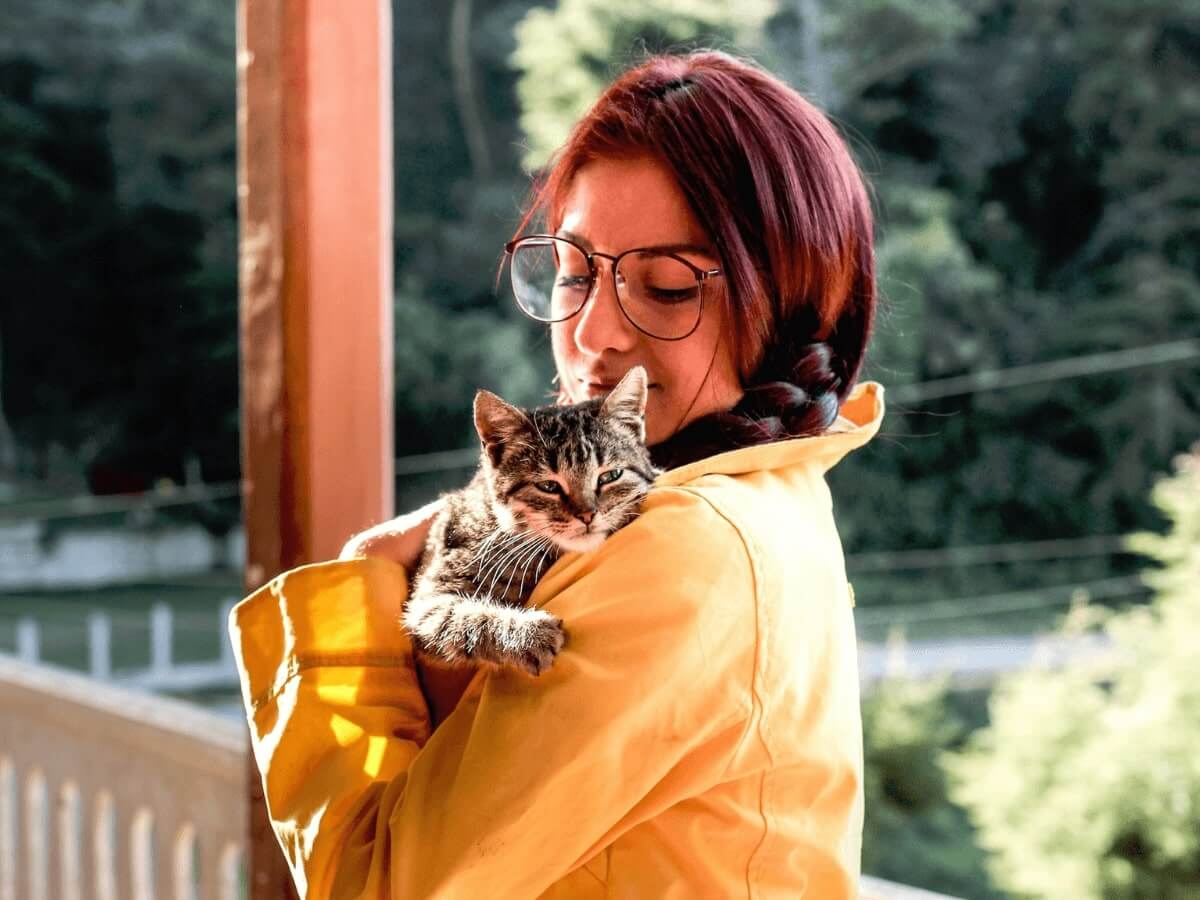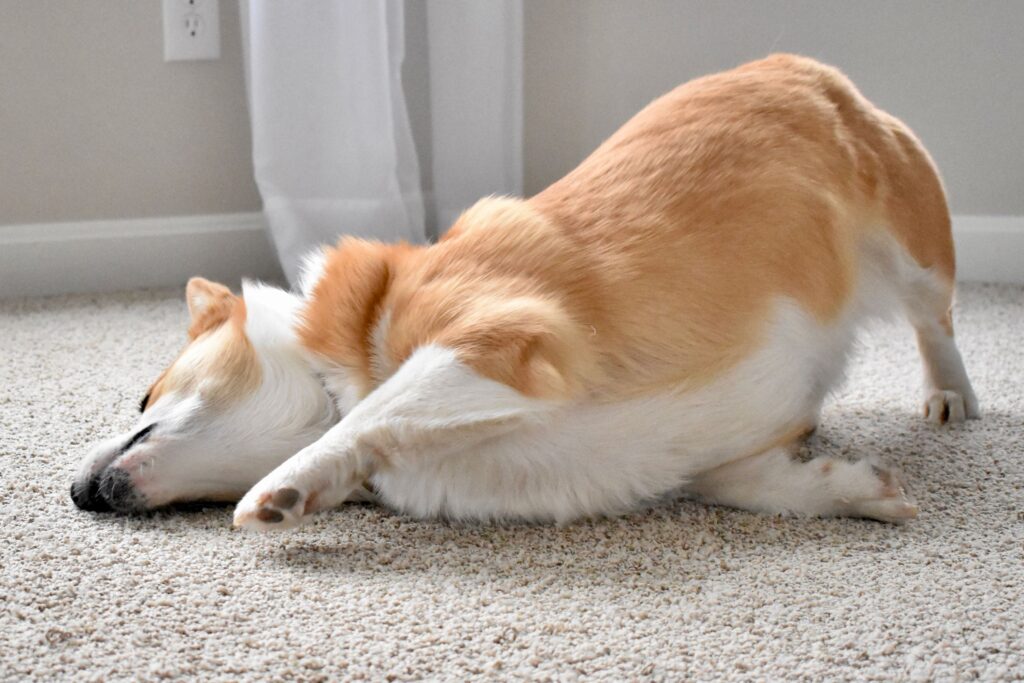If your cat is sorry, you may notice them purring, rubbing against you, or bringing you gifts like toys or food as a way to apologize. Cats also use body language, such as lowering their ears or tail, to express remorse and seek forgiveness.
Cats are known for their independent and sometimes aloof nature, but they also have their unique ways of communicating with their human counterparts. Understanding how cats show remorse and seek reconciliation can strengthen the bond between feline companions and their owners.
While cats may not apologize in the same way humans do, they still exhibit behaviors that indicate their desire to make amends after a mistake. By recognizing these signals, pet owners can better understand and respond to their feline friends’ attempts at reconciliation.

Credit: cats.com
Contents
Understanding Feline Apologies
The concept of cats expressing remorse can be observed through their behavior. Cats may display submissive postures such as lowering their head, flattening their ears, or avoiding eye contact. Additionally, they may present gifts such as toys or food to show remorse. Purring and gentle head nudges are also common ways for cats to apologize. These feline apology signals have significant cultural variations, with some behaviors being more prominent in certain regions. Recognizing and understanding these gestures can help strengthen the bond between humans and their feline companions. |
Vocal And Verbal Cues
Changes in meowing pitch and frequency: When a cat is apologizing, you may notice changes in the pitch and frequency of their meows. They might become softer or more frequent as a way of expressing their remorse.
Purring as an expression of contrition: Cats may use purring to convey their regret or solicit forgiveness, as the act of purring is often associated with comfort and conciliation.
Vocal mimicry of human sounds: Some felines may try to emulate human vocalizations, such as mewing in a manner resembling a baby’s cry, as a way of seeking reconciliation with their human companions.
Body Language And Gestures
Tail position and movement: Cats often use their tails to communicate their emotions. A tail held high indicates confidence and happiness, while a low or tucked tail may signal submission or apology. Additionally, a flicking or twitching tail can show agitation or a desire to make amends.
Ears and whisker positions: Pay attention to your cat’s ears and whiskers. Forward-facing ears and relaxed whiskers are positive signs, while flattened ears and stiff whiskers might show remorseful behavior.
Nuzzling and head butting behaviors: Cats may try to apologize through physical contact. Nuzzling or head butting your hand or face is a common way for them to show affection and seek forgiveness.
Frequently Asked Questions Of How Do Cats Say They’re Sorry? 10 Signs Your Feline Is Trying To Apologize
How Do Cats Show They’re Sorry?
Cats may apologize by approaching you, slow blinking, or sitting on your lap to show affection.
Can Cats Apologize For Their Actions?
Cats may show regret for their actions by being more affectionate or submissive toward you.
Do Cats Feel Guilty And Apologize?
Cats may not feel guilt like humans, but they can show remorse through their behavior to apologize.
What Are The Signs Of A Cat’s Apology?
A cat may apologize by bringing you a gift, purring, or nudging you to show remorse.
Conclusion
Cats have their own way of showing remorse, and understanding their body language can help you mend fences. By being attuned to your cat’s behavior, you can pick up on signs they’re trying to apologize. From gentle head bumps to tail twitches, they may be expressing regret in their own feline way.
Observing and interpreting these actions will strengthen your bond with your fluffy companion.

Katie Lindsey is a passionate cat lover and founder of Cats Solution, a comprehensive resource for all things feline. With a lifelong love for cats and extensive knowledge in their care and behavior, she provides expert advice and solutions to cat owners. Through her website, Katie fosters a supportive community where cat enthusiasts can find guidance and heartwarming stories. A dedicated advocate for animal welfare, Katie also promotes responsible pet ownership and adoption. Join her on this purr-fect journey celebrating the joy of feline companionship.



